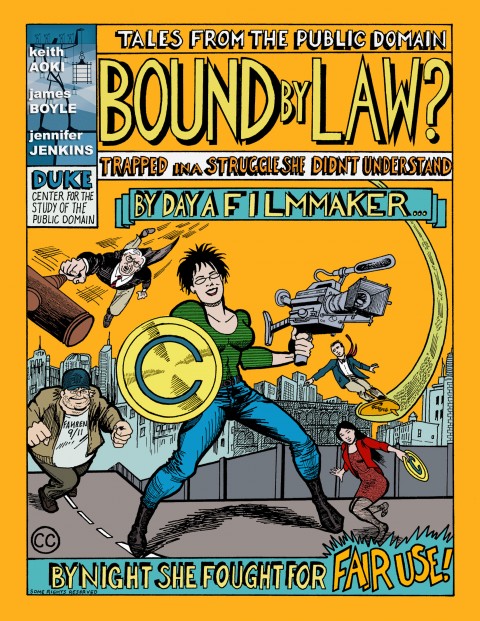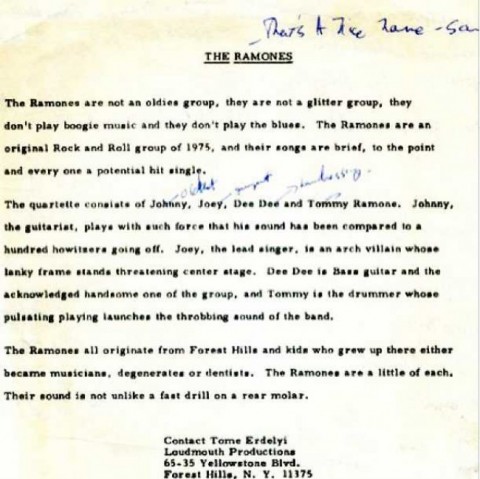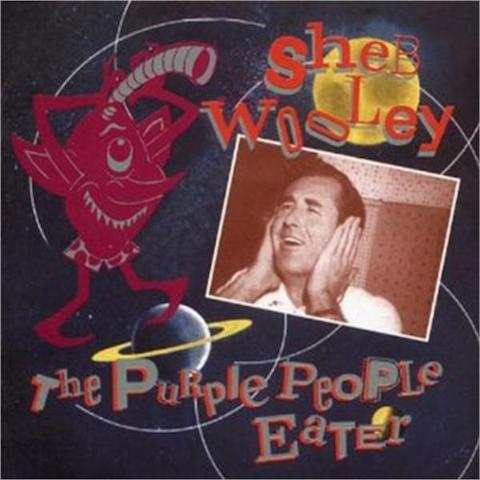By this point in history, many of us grown-ups did our growing up while playing video games. Most memorably, we did it while playing the colorful, pixelated video games of the mid 1980s through the early 1990s, the heyday of the “eight-bit” consoles. These titles and their characters — the Marios, the Zeldas, the Mega Men — remain cultural touchstones not just for those of us who have landed solidly in adulthood, but also for those of us too young to have played them while they were new. Many of us have put away these childish things, but many more of us have kept them out, keeping them right alongside our grown-up pursuits, resulting in projects like the video series 8‑Bit Philosophy, which we featured in November.
These grown-up pursuits include not just the study of philosophy, but reflection upon the serious existential questions that the subject reveals: Does rationality give life meaning? Do we enjoy being free? Why shouldn’t we commit suicide? Luckily, 8‑Bit Philosophy has come up with episodes dealing with exactly these topics. For the first question they turn to the ideas of Søren Kierkegaard, the 19th century thinker considered the father of existentialism, as illustrated by Shatterhand, a slightly obscure platformer I greatly enjoyed in my own youth. For the second, we see how two formidable bodies of work — that of Jean-Paul Sartre, and that of the Final Fantasy role-playing games — come to bear on the issue. For the third, they bring out none other than Albert Camus (who died 55 years ago yesterday), placing his trenchcoated, Gauloise-smoking avatar into the suitably Sisyphean Donkey Kong.
If you’ve put in the hours playing both eight-bit video games and reading the relevant philosophical texts, you’ll surely find these videos’ Nintendonian aesthetics as impeccable as their encapsulations of Kierkegarrd, Sartre, and Camus’ positions are concise. You can find more from 8‑Bit Philosophy on Youtube, including their vintage gamer-friendly renditions of Friedrich Nietzsche on time as a flat circle and what science has to do with truth. They cover other areas of philosophy, too, but something about old video games themselves — with their endless cycles of death, regeneration, and not inherently meaningful challenges — leads my mind straight into existentialism every time.
Related Content:
8‑Bit Philosophy: Plato, Sartre, Derrida & Other Thinkers Explained With Vintage Video Games
Existentialism with Hubert Dreyfus: Four Free Philosophy Courses
Friedrich Nietzsche & Existentialism Explained to Five-Year-Olds (in Comical Video by Reddit)
Walter Kaufmann’s Classic Lectures on Nietzsche, Kierkegaard and Sartre (1960)
Colin Marshall hosts and produces Notebook on Cities and Culture as well as the video series The City in Cinema and writes essays on cities, language, Asia, and men’s style. He’s at work on a book about Los Angeles, A Los Angeles Primer. Follow him on Twitter at @colinmarshall or on Facebook.





